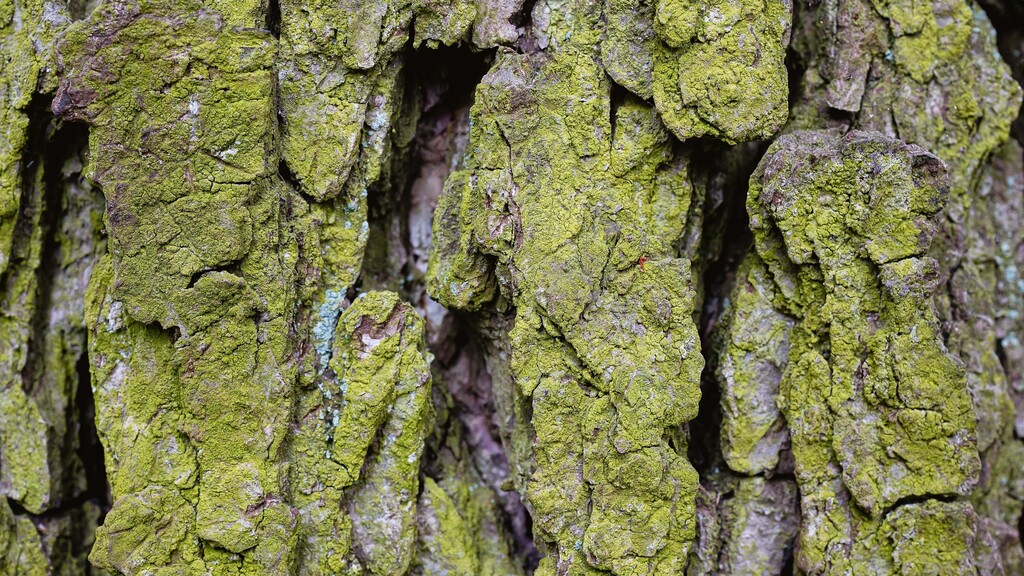

The forest and the water cycle are closely interrelated. For example, the amount of annual precipitation determines whether forests can grow and remain healthy. While the forest as a landscape form has a considerable influence on where and how much precipitation falls and is absorbed.
Water is present in the atmosphere in the form of water vapour, which is continuously regenerated by evaporation processes. As a result, water droplets or ice crystals condense at high altitudes and remain suspended in the atmosphere up to a certain size in the form of clouds or near the ground as fog. The wind can transport these over long distances. After reaching a certain size, the water droplets or ice crystals return to the land surfaces in the form of precipitation. The rain initially falls on the vegetation if there are no buildings, other sealing or bare soil. Part of the precipitation is retained by the vegetation and evaporates directly from there (evaporation). The remaining part of the precipitation penetrates the soil (infiltration).
The amount of this infiltration depends on the water absorption capacity, the permeability of the soil and the local vegetation. If the intensity of the precipitation is higher than that of the water absorption capacity, the rain will run off superficially. This follows the path of the greatest gradient and flows to the nearest stream or river. The greater the amount and duration of precipitation, the greater the slope and the lower the infiltration capacity of the soil, the greater the surface runoff. The forest delays rapid runoff of precipitation into streams or rivers. In the forest, only a small part of the precipitation hits the ground directly through the gaps in the vegetation. Most of the rain falls first on the treetops and evaporates directly there, or drips onto shrubs or mosses before it seeps into the ground. A healthy forest soil also has countless interstitial spaces and thus a high infiltration capacity. Much of the rainwater seeps into deeper areas and enriches the groundwater. Only a small part runs off above ground. Thus, forest stands can reduce floods and soil erosion.
However, the water cycle looks different in our increasingly densely populated and sealed landscape with strongly decreasing natural areas and constantly growing agricultural areas. A warmer climate, dying forests and drying up streams are the result. According to science, it is predicted that current water use, combined with climate change and land use change, could create a water crisis for billions of people worldwide and countless natural areas.
For example, water is diverted from the natural cycle to feed billions of livestock, irrigate vast fields and supply households and the economy. Climate change is also already taking its toll: as temperatures rise, the atmosphere can absorb more moisture, leading to increased heavy rainfall events. According to climate impact research, the following scenario could therefore occur in the future: Many dry regions could become drier and drier, while other regions could have to struggle with floods. At the same time, forests, wetlands and other ecosystems that are extremely important for the functioning water cycle are being destroyed at an alarming rate worldwide. For example, deforestation means that less water evaporates in the respective region, so that fewer rain clouds are formed and as a result the amount of precipitation also decreases in other regions.
The disappearance of forests also has other negative consequences for the water cycle. If a formerly forested area is used as farmland, for example, the soil quickly becomes compacted due to cultivation with large machines and thus absorbs less water. When it rains, the rainwater reaches the soil unchecked. Due to the lack of infiltration capacity, only a small part of the water seeps into the soil. Most of it is carried away via surface runoff to the nearest watercourse. This leads to increased soil erosion and may result in more floods. At the same time, less groundwater is stored, as the forest soil plays a major role in infiltrating rainwater into the soil and thus contributing to groundwater formation. Without forests, soils dry out more quickly and are often no longer able to fully withstand drought stress during periods of drought.
If we look at the current consequences of our unsustainable land use - heavy precipitation events and the associated floods, dry farmland where the seeds dry up and the sharply falling groundwater level - it becomes clear that more efforts must be made to protect our ecosystems. Politicians certainly have a duty to do this, but every individual can also contribute something to the protection of nature. Discover our holistic tree projects, with which we protect forests worldwide and reforest degraded areas.